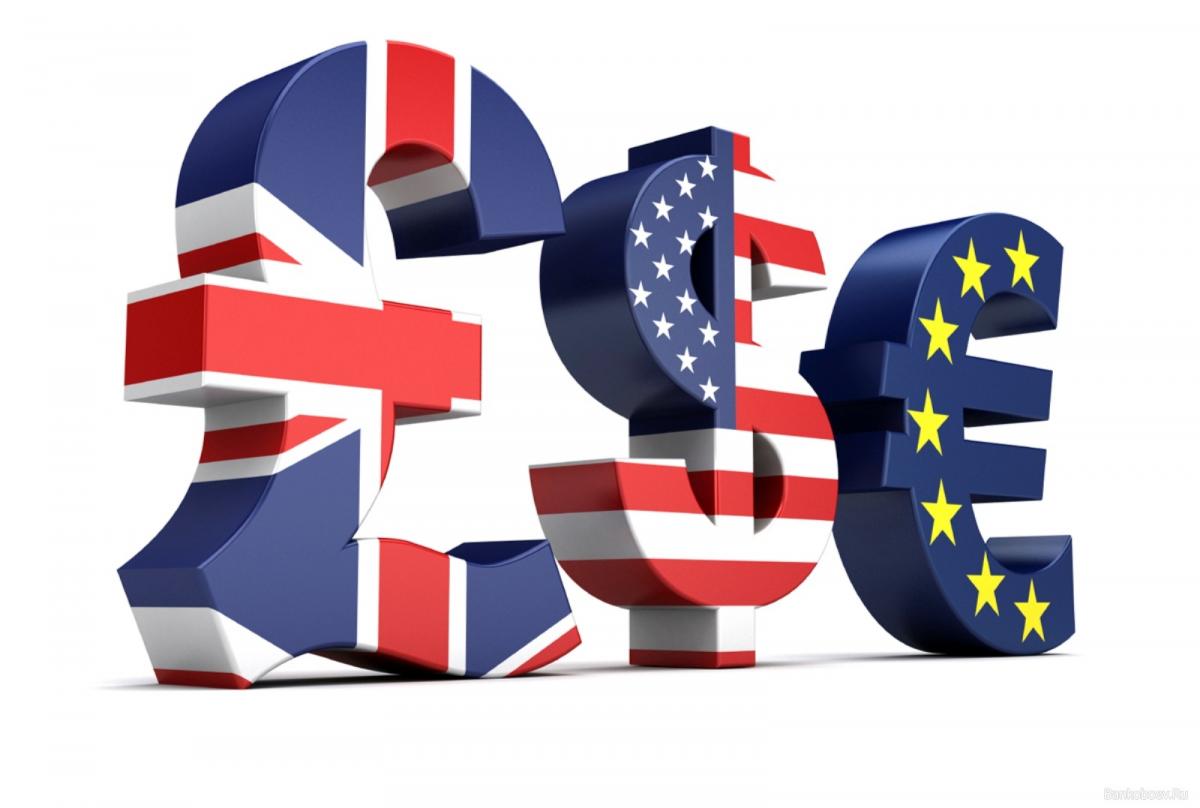 All the financial instruments, including currencies move based on certain behavioral patterns, which may differ from one to another. Currencies are always quoted in pairs, one currency value against another. Currency correlation happens when the price of two or more currency pairs moves in conjunction with one another. There can be both positive correlation, where the price of the currency pairs moves in the same direction and negative correlation, where the price of the currency pairs moves in opposite directions.
All the financial instruments, including currencies move based on certain behavioral patterns, which may differ from one to another. Currencies are always quoted in pairs, one currency value against another. Currency correlation happens when the price of two or more currency pairs moves in conjunction with one another. There can be both positive correlation, where the price of the currency pairs moves in the same direction and negative correlation, where the price of the currency pairs moves in opposite directions.
Currency pairs are made up of two separate currencies and they are valued in relation to each other. Each currency belongs to an economy that can affect the supply and demand of it. If the value of one currency increases (or decreases), it increases (or decreases) across the board against all other currencies, not just a single one. For example, if the Euro increases in value against the US dollar, it is likely to increase in value against all other currency pairs as well, not just the US dollar. However, this does not mean that a currency value will change at the same rate against all other currency pairs.
Each pair’s valuation is based on the constantly changing exchange rates between the two currencies included in the pair. It is a common practice for forex traders, or investors, to be actively trading multiple currency pairs simultaneously. If this is the trading strategy, then the trader or investor must be aware of the correlations concerning each currency pair that is being traded. Without a functioning currency correlation defining the degree of the relationship between traded pairs, it is very likely that a trader could unintentionally increase risk when attempting to diversify the portfolio.
A positive correlation exists between assets that tend to move in the same direction. For example, a positive correlation is observed between the value of the Canadian Dollar relative to the U.S. Dollar and the price of crude oil expressed in U.S. Dollars. Conversely, a negative correlation exists between assets that typically move in opposite directions. Such a negative correlation usually exists between the EUR/USD exchange rate and the USD/CHF exchange rate, for example.
Currency correlations can point to the potential negatively and positively correlated currency pairs to the one you are focusing on, thus either helping you to avoid taking same biased positions in negatively correlated currency pairs or to extend the profit potential by taking the respective positions based on the correlation. Applying your trading strategy to positive (or negatively) correlated currency pairs can keep you focused on the currency pairs that offer maximum potential than having to scan multiple instruments and charts.







